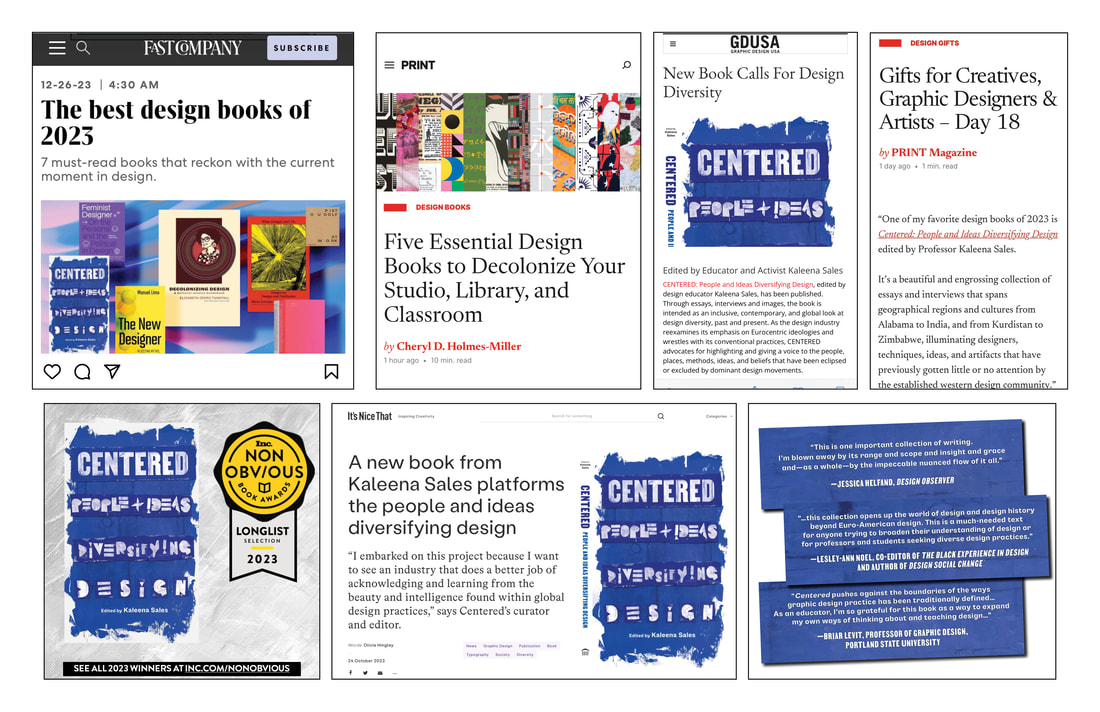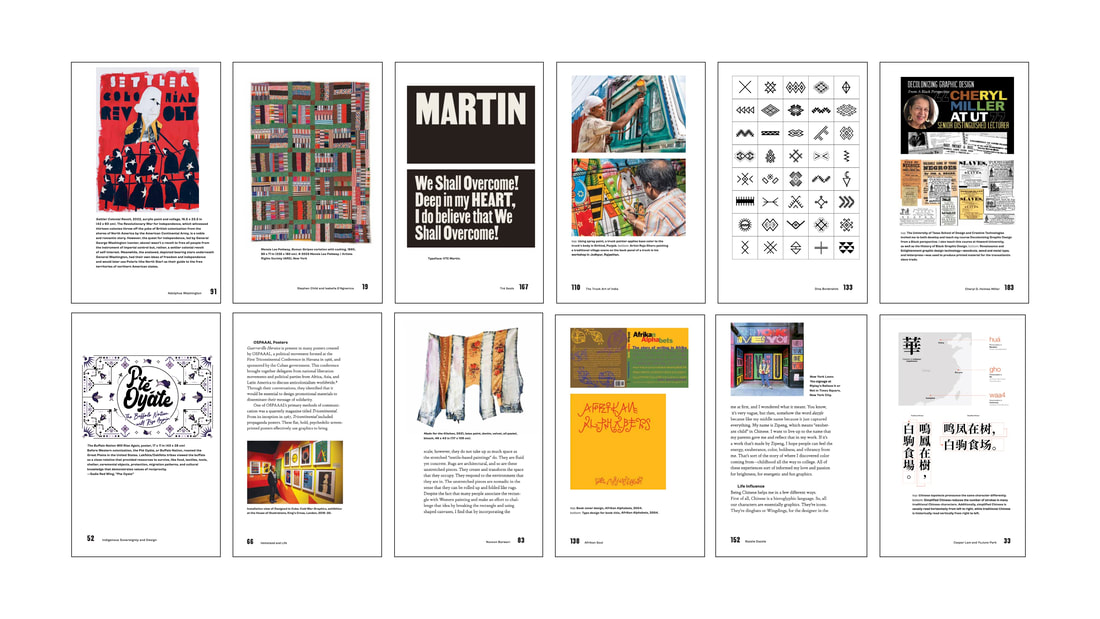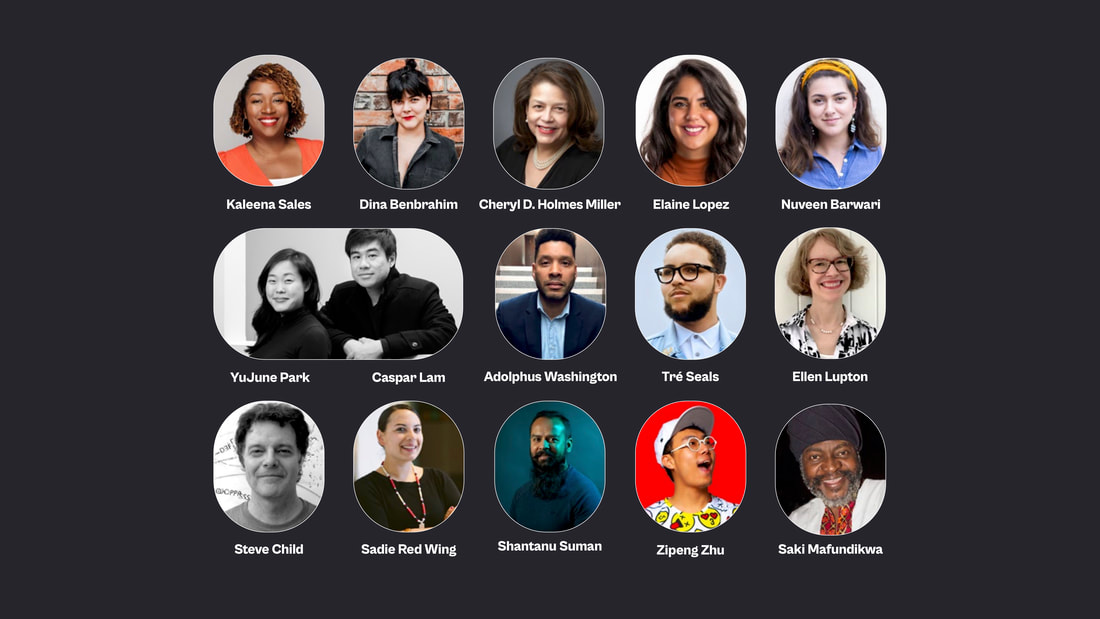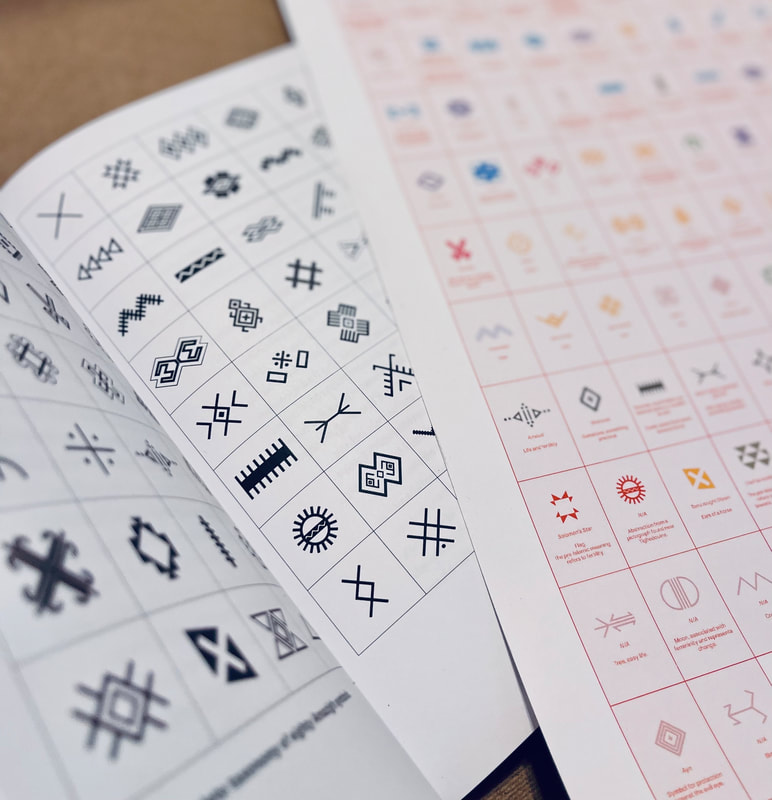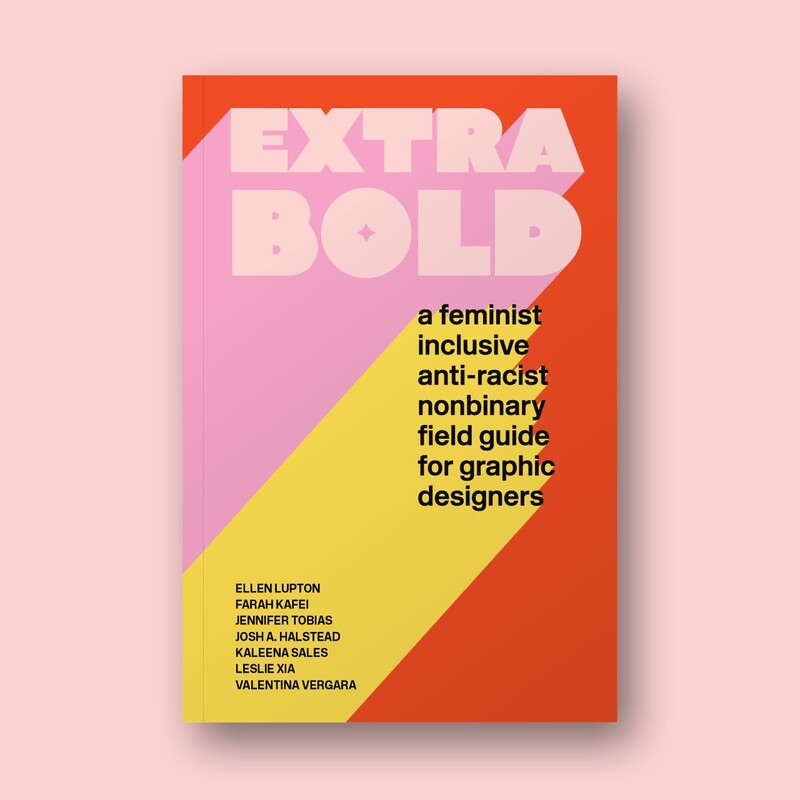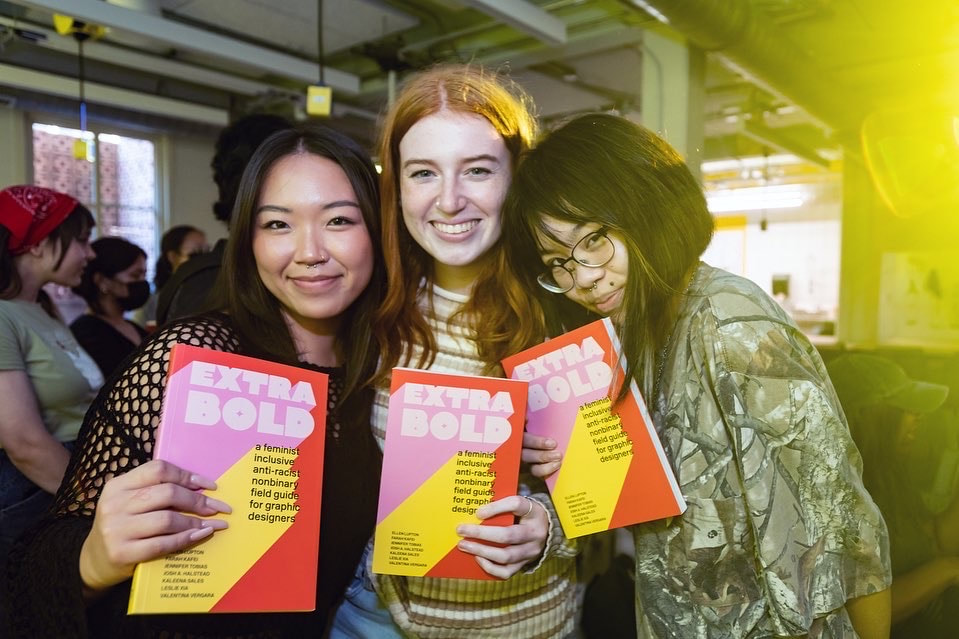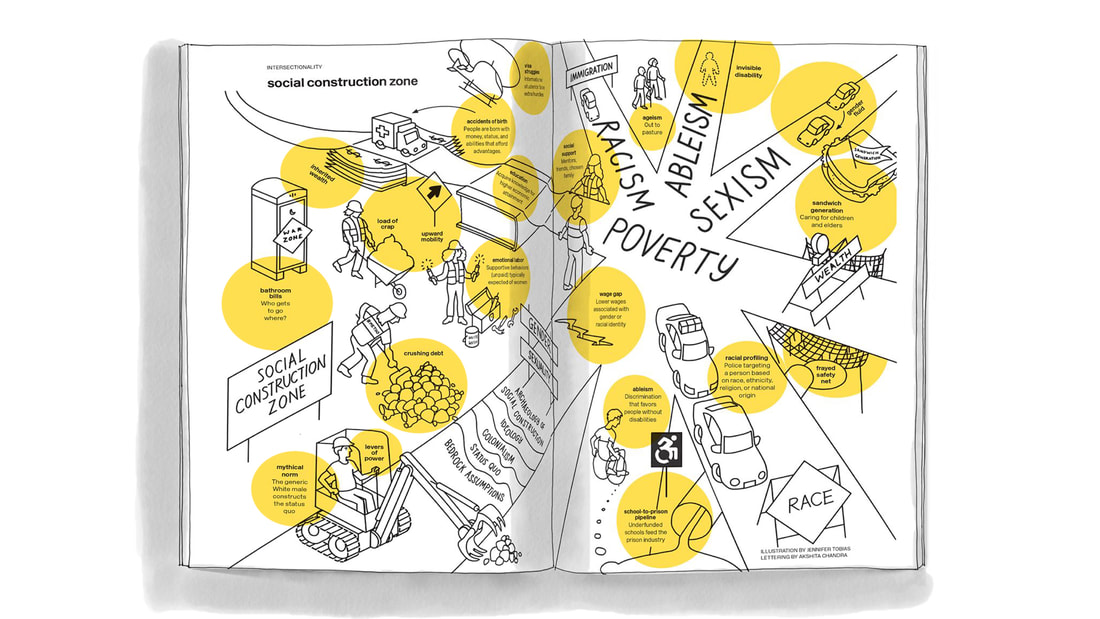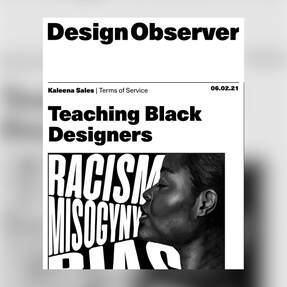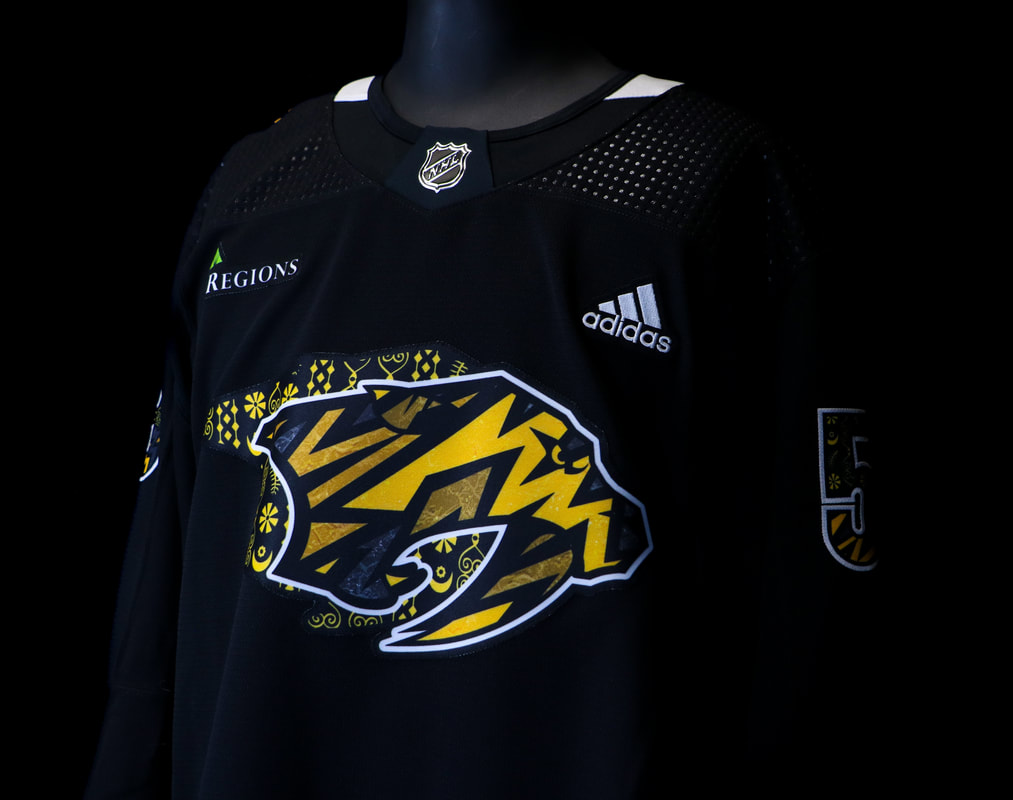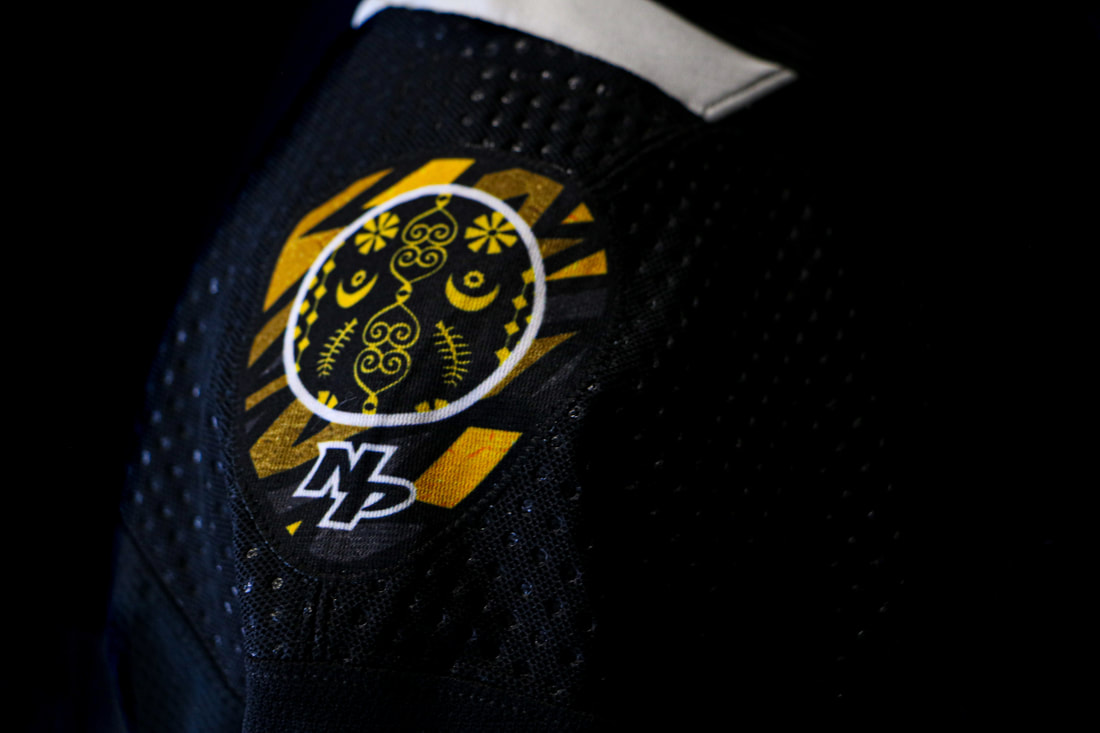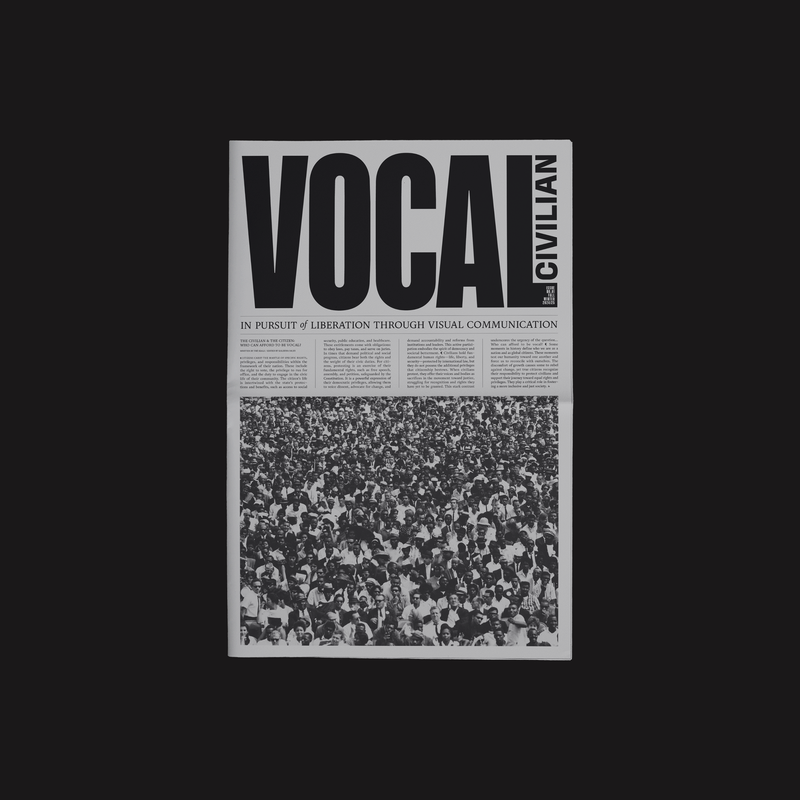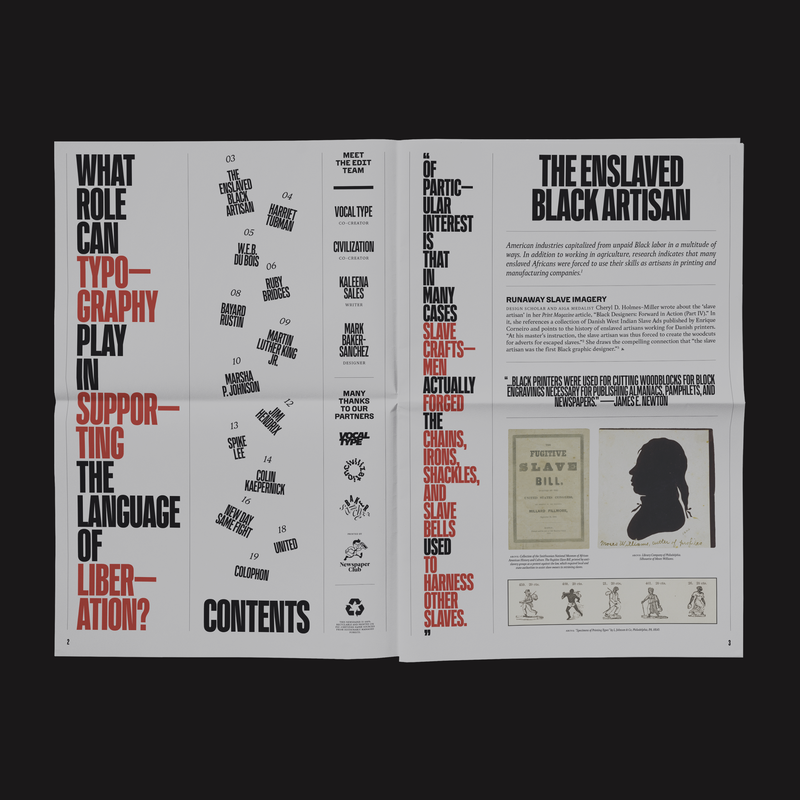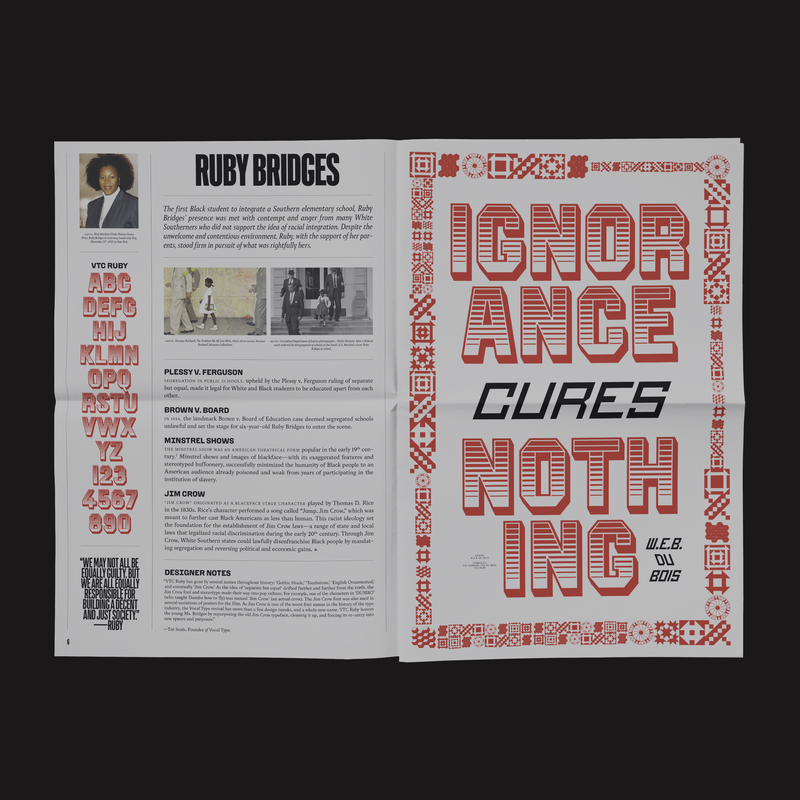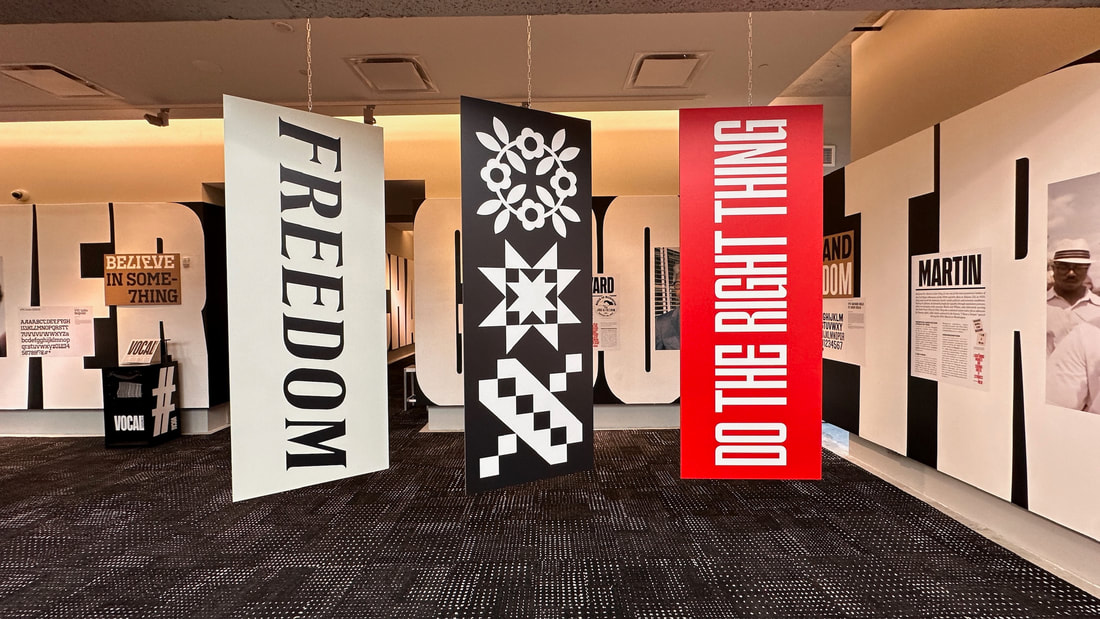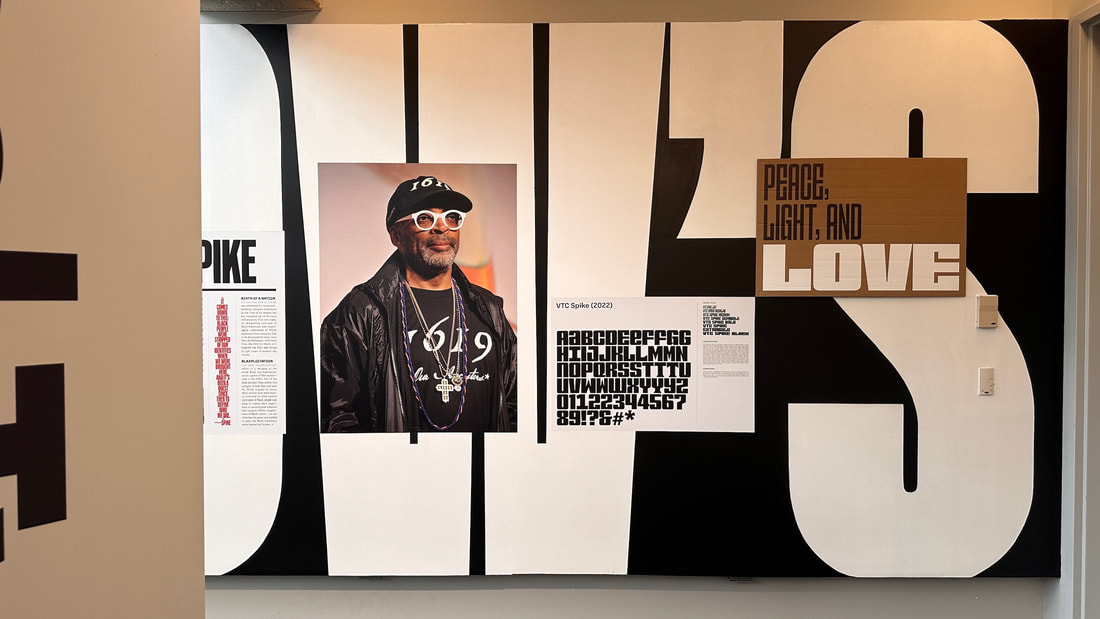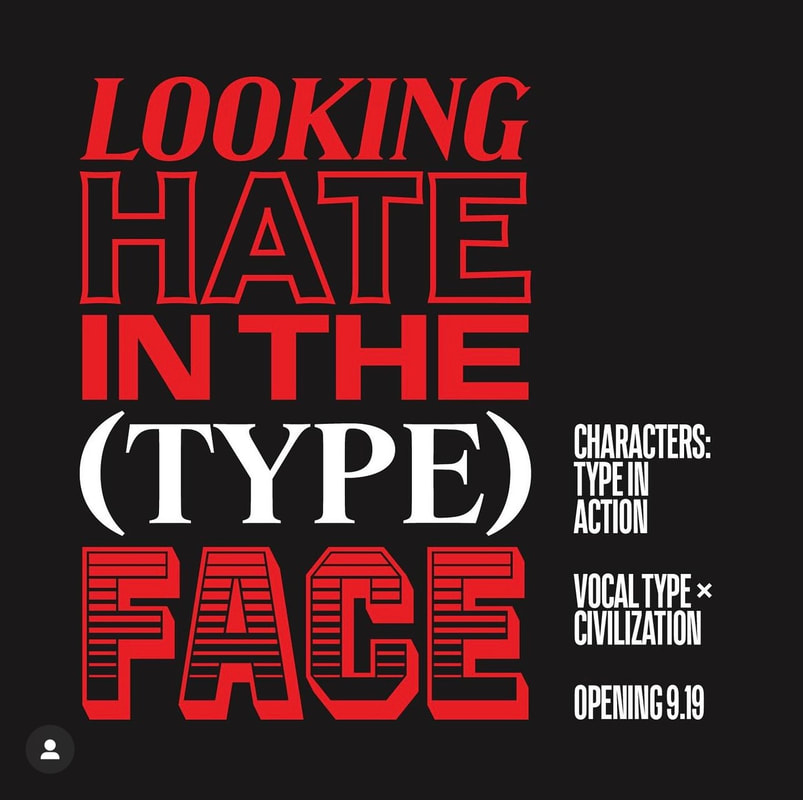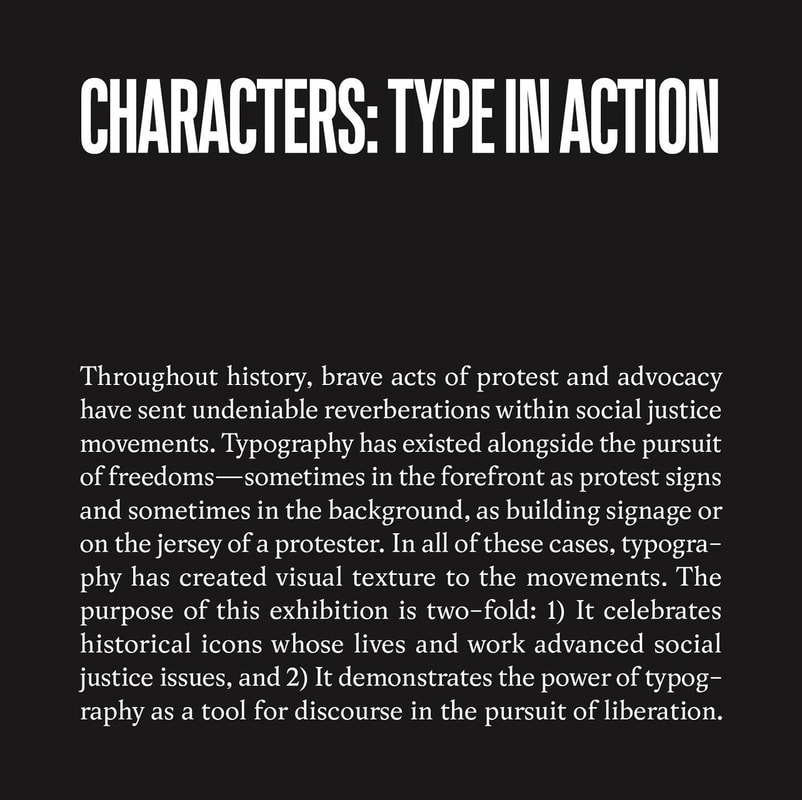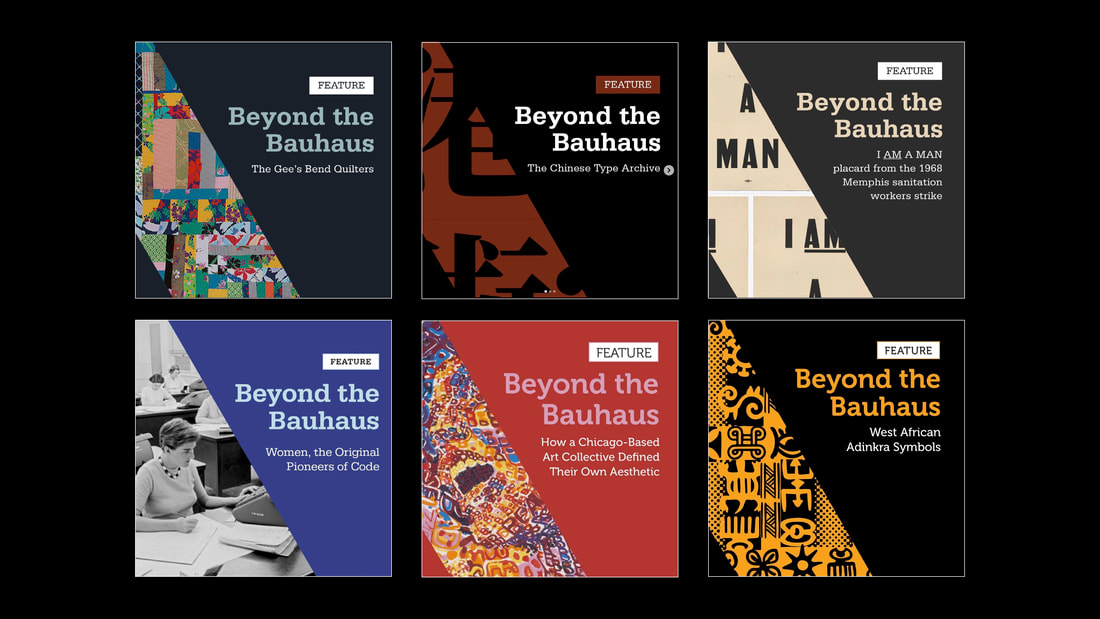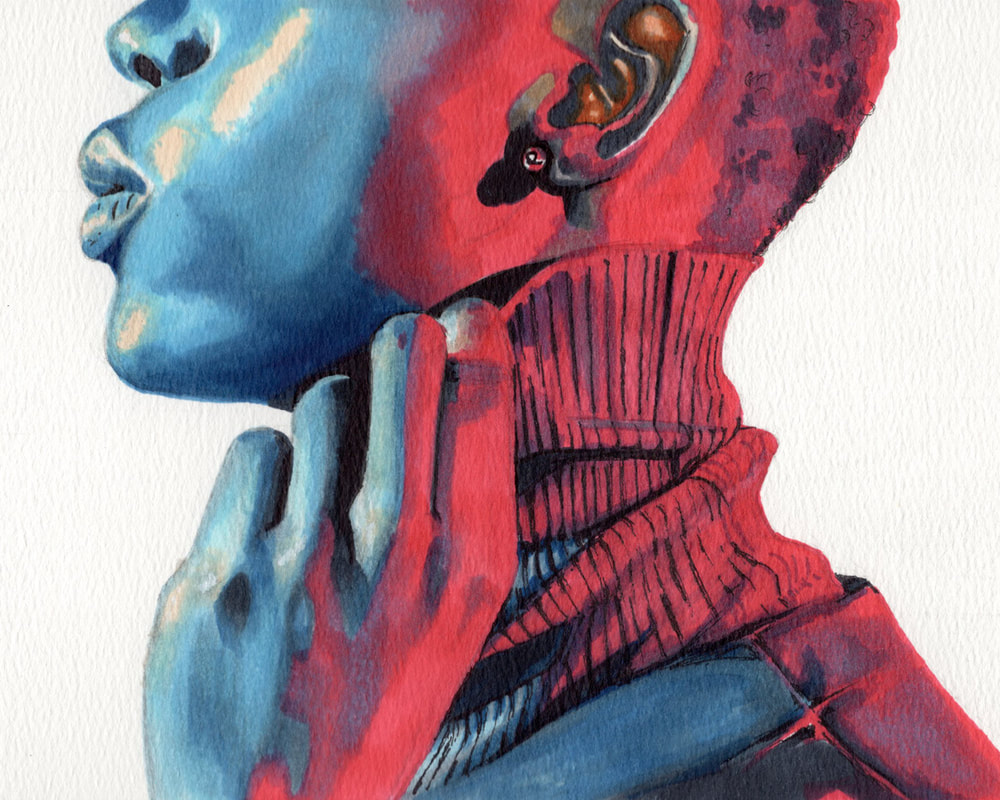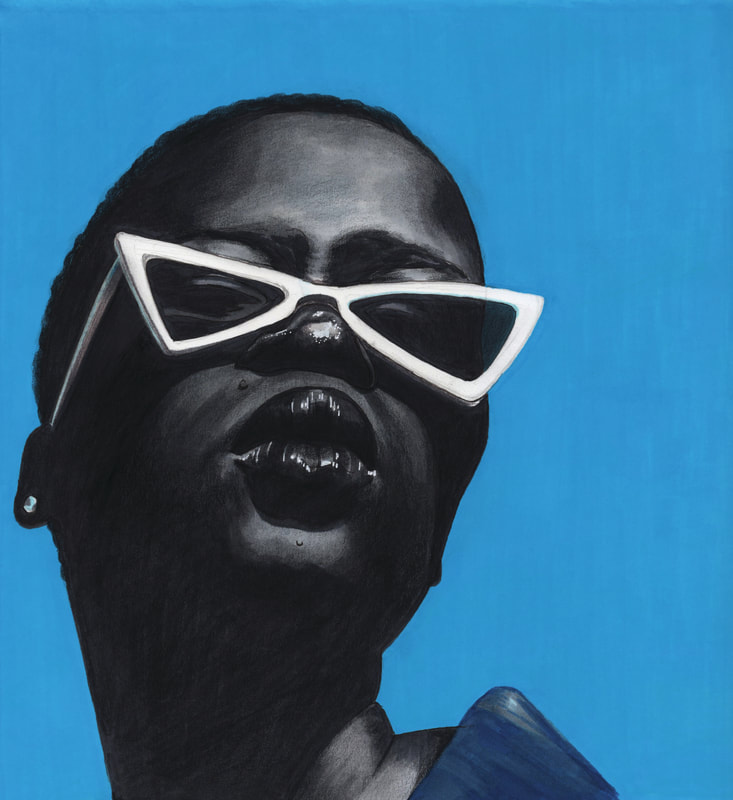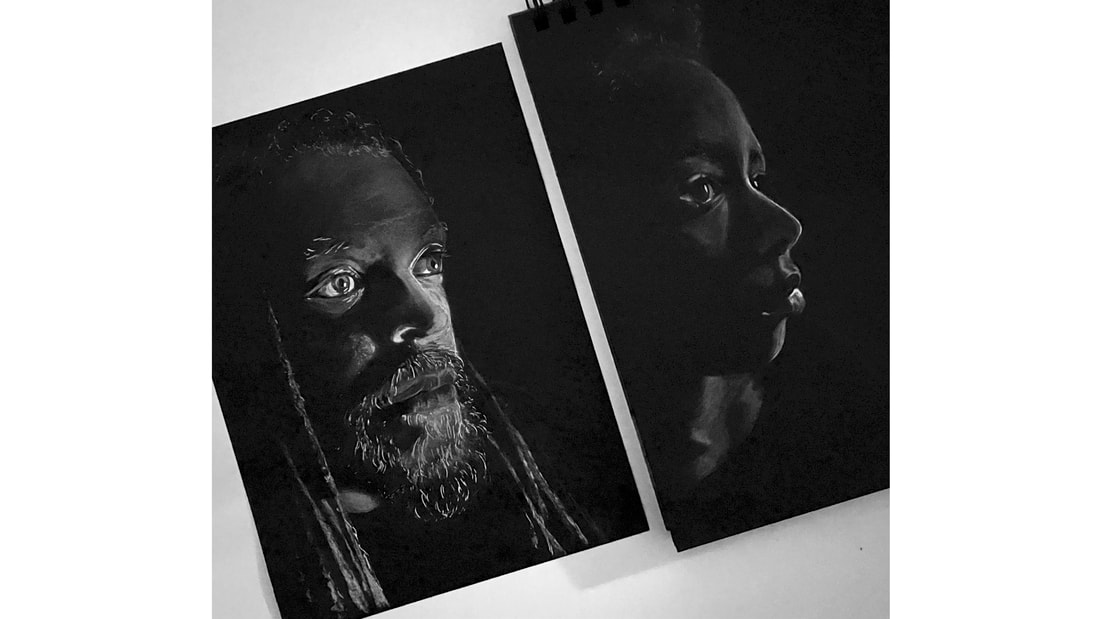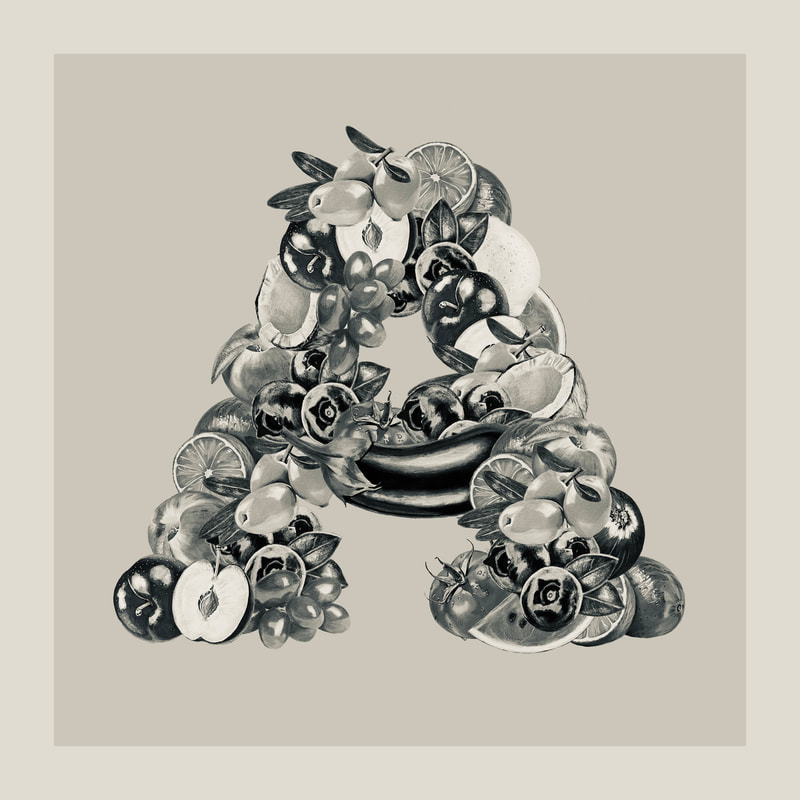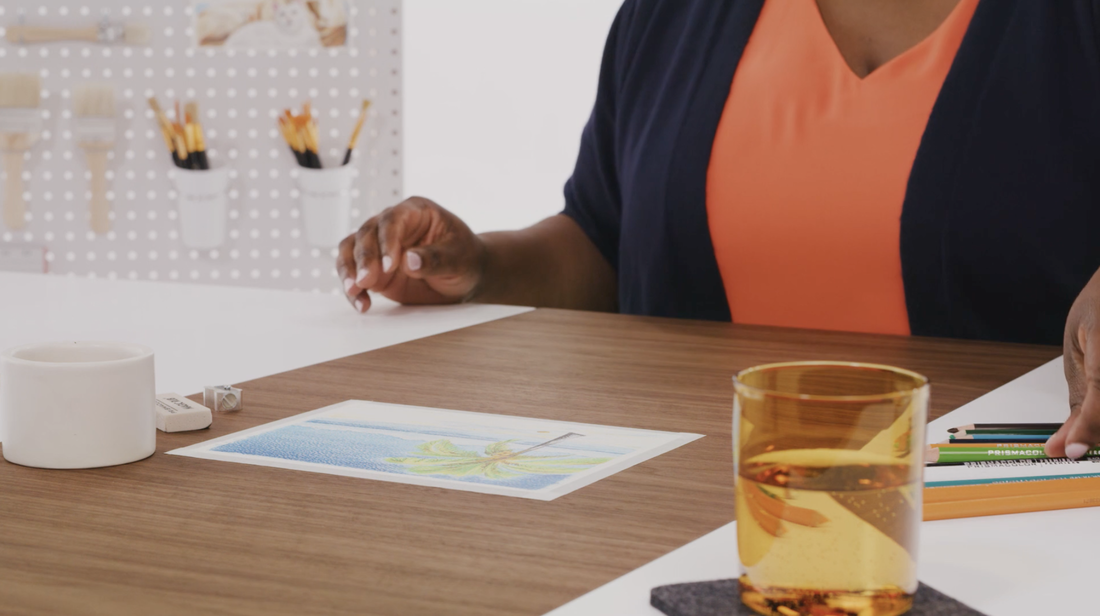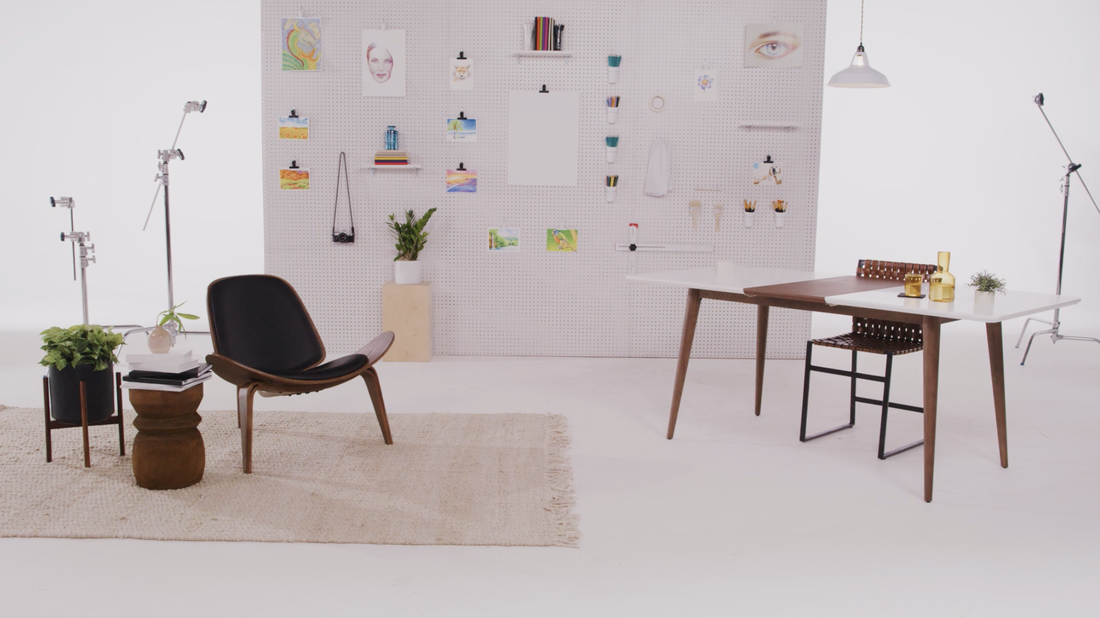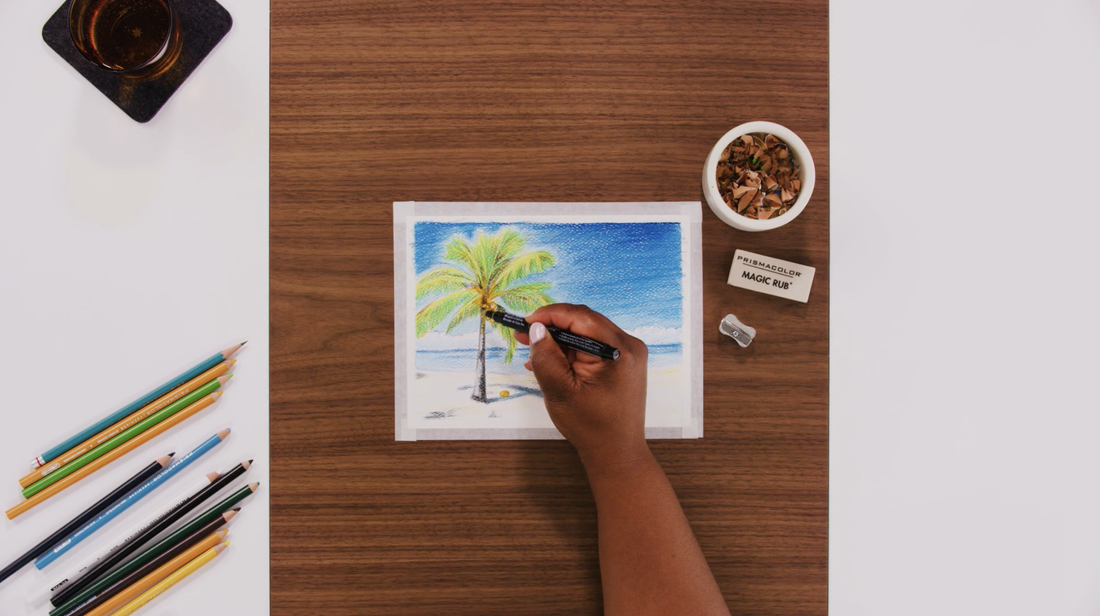Centered: People and Ideas Diversifying Design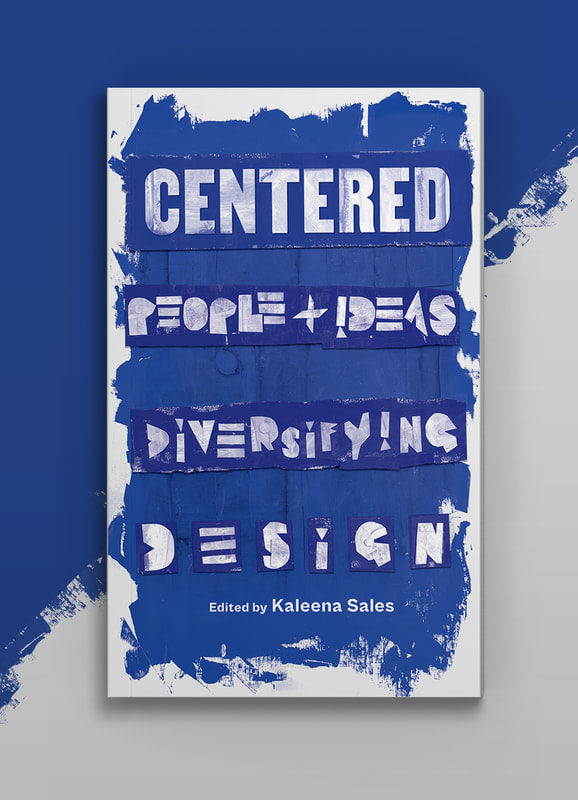
CENTERED: People and Ideas Diversifying Design is now available! [smarturl.it/centered]
Centered gives a voice to the people, places, methods, ideas, and beliefs that have been eclipsed or excluded by dominant design movements, through thirteen essays and interviews, including:
- Gee’s Bend Quilters, by Stephen Child and Isabella D’Agnenica
- A Chinese Typographic Archive, by YuJune Park and Caspar Lam
- Indigenous Sovereignty and Design: An Interview with Sadie Red Wing (Her Shawl is Yellow)
- The Truck Art of India, by Shantanu Suman
- Decolonizing Graphic Design, A Must, by Cheryl D. Miller
- And much more
Filled with striking visuals from a range of global designers, Centered is a must-read and must-have for design practitioners, educators, students, and anyone interested in expanding narratives of design.
Read an excerpt from Centered, here!
An Incomplete Taxonomy of Amazigh Symbols (By: Dina Benbrahim) - Free Poster Download
Extra Bold: A Feminist, Inclusive, Anti-Racist, Non-Binary Field Guide for Graphic DesignersEssays and Interviews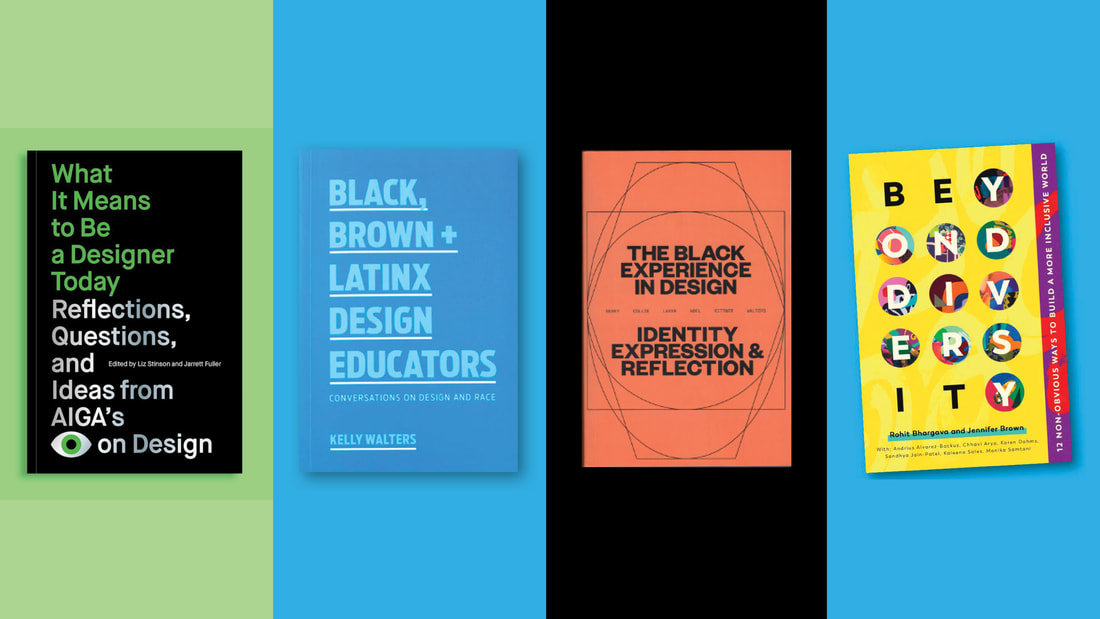
Left to right: 1) What it Means to be a Designer Today: Reflections, Questions, and Ideas from AIGA's Eye on Design by Liz Stinson and Jarrett Fuller 2) Black, Brown + Latinx Design Educators:
Conversations on Design and Race by Kelly Walters 3) The Black Experience in Design: Identity Expression & Reflection (My essay is titled “Beyond the Universal: Positionality and Promise in an HBCU Classroom.” Editorial team: Anne H. Berry, Kelly Walters, Lesley-Ann Noel, Penina Laker, and Kareem Collie 4) Beyond Diversity by Rohit Bhargava and Jennifer Brown (Contributing Writer)
Excerpt from Extra Bold
|
NHL - Nashville Predators Black History Month Jersey DesignWriting for The Vocal CivilianExhibition Writing -
|
Portrait IllustrationsFood IllustrationsPrismacolor Artist | ||
